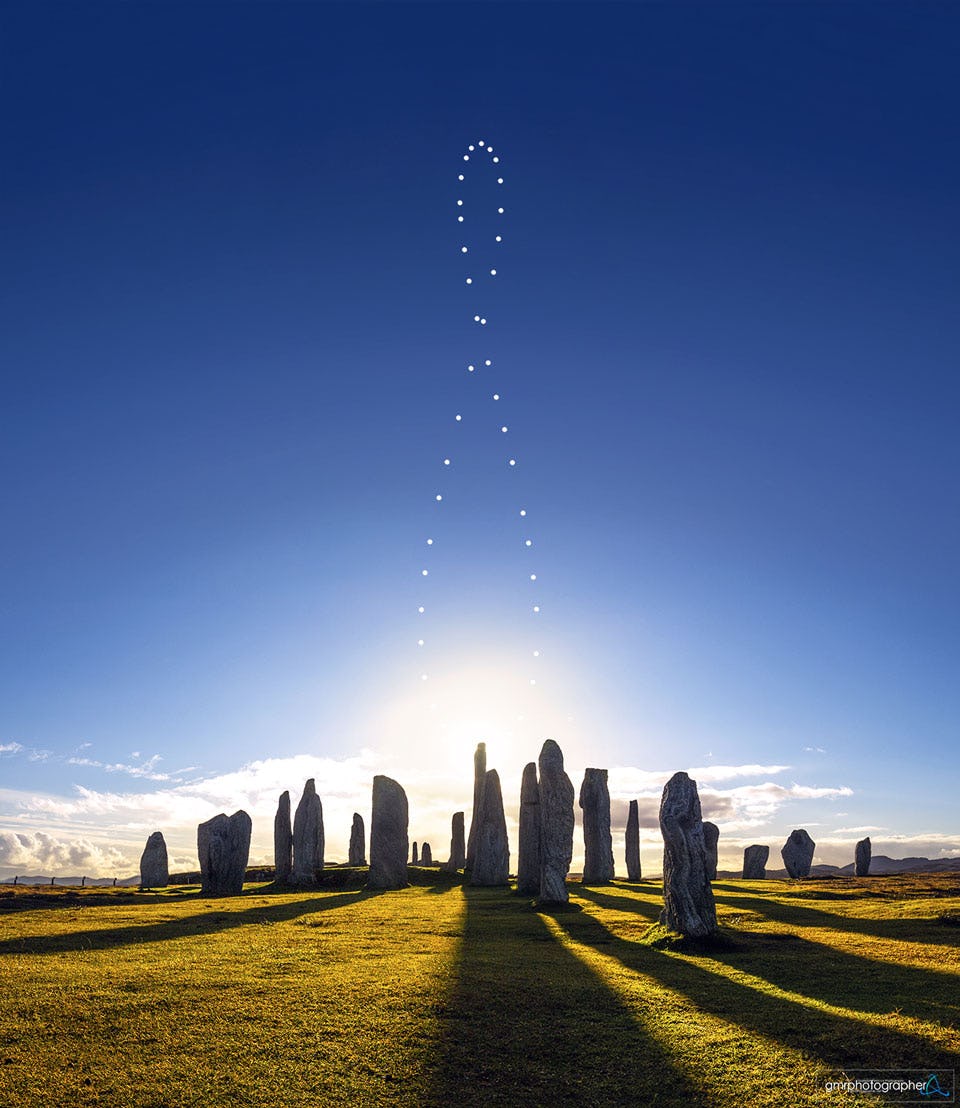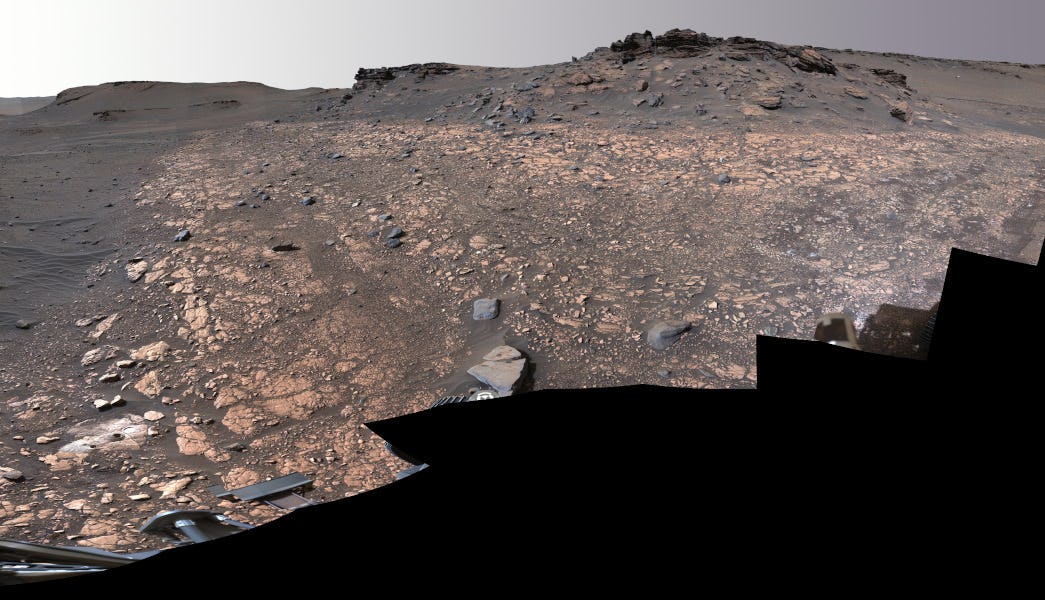It is the worst of time.
My wife is slipping away.
It is the best of time,
My wife loves me every day.
Public Posts Seattle, WA Seattle, WA (zoom)
You are my life.
You are my soul.
You are my wife.
You are my all.
You have always been there.
In good times and in despair.
Through thick and thin
If I am with you, I will win.
I know it is true, said about thee.
You are the one and will always be.
No matter what others will hide,
I will always stay by your side.
NASA Astronomy Picture of the Day:
The beauty in this image comes in layers. On the bottom layer is the picturesque village of Manlleu in Barcelona, Spain. The six-minute exposure makes car lights into streaks. The next layer is a mountain -- Serra de Bellmunt -- of Europe's famous Pyrenees. Next up is a tremendous lightning storm emanating from a classically-shaped anvil cloud. The long exposure allowed for the capture of many intricate lightning bolts. Finally, at the top and furthest in the distance are stars. Here, the multi-minute exposure made stars into trails. The trailing effect is caused by the rotation of the Earth, and the curvature of the trails indicates their distance from the north spin pole of the Earth above. Taken after sunset in early June, the lightning storm soon moved off. The stars, though, will continue to circle the poll for as long as the Earth spins -- surely billions of years into the future.
Photo by Marc Sellés Llimós
The words of
"Where is my room?
"I don't know my number."
"I'm not sure why
I am here."
Questions reign supreme,
another night at the Inn.
The Inn of Unaware.
George Burns (born Nathan Birnbaum - 1896 – 1996) was an American comedian, actor, writer, and singer, and one of the few entertainers whose career successfully spanned vaudeville, radio, film and television. His arched eyebrow and cigar-smoke punctuation became familiar trademarks for over three-quarters of a century. He and his wife Gracie Allen appeared on radio, television and film as the comedy duo Burns and Allen. He continue to work until just weeks before his death of cardiac arrest at his home, shortly after his hundredth birthday.
NASA Astronomy Picture of the Day:
If you went outside at the same time every day and took a picture that included the Sun, how would the Sun's position change? A more visual answer to that question is an analemma, a composite image taken from the same spot at the same time over the course of a year. The featured analemma was composed from images taken every few days at noon near the village of Callanish in the Outer Hebrides in Scotland, UK. In the foreground are the Callanish Stones, a stone circle built around 2700 BC during humanity's Bronze Age. It is not known if the placement of the Callanish Stones has or had astronomical significance. The ultimate causes for the figure-8 shape of this and all analemmas are the tilt of the Earth axis and the ellipticity of the Earth's orbit around the Sun. At the solstices, the Sun will appear at the top or bottom of an analemma. The featured image was taken near the December solstice and so the Sun appears near the bottom. Equinoxes, however, correspond to analemma middle points -- not the intersection point. This coming Friday at 1:04 am (UT) -- Thursday in the Americas -- is the equinox ("equal night"), when day and night are equal over all of planet Earth. Many cultures celebrate a change of season at an equinox. Explore Your Universe: Random APOD Generator
Photo by Giuseppe Petricca
It matters not,
she doesn't know
my name,
or calls me Joe,
the name of
our oldest son
She professes her love,
every day.
Works for me
as she is happy.
Sadness abounds,
to this observer,
who sees lovely people,
at differing levels
of mental acuity.
During a life's journey,
so many stories
for one to hear
and appreciate.
So little time.
NASA Astronomy Picture of the Day:
The Perseverance rover's Mastcam-Z captured images to create this mosaic on August 4, 2022. The car-sized robot was continuing its exploration of the fan-shaped delta of a river that, billions of years ago, flowed into Jezero Crater on Mars. Sedimentary rocks preserved in Jezero's delta are considered one of the best places on Mars to search for potential signs of ancient microbial life and sites recently sampled by the rover, dubbed Wildcat Ridge and Skinner Ridge, are at lower left and upper right in the frame. The samples taken from these areas were sealed inside ultra-clean sample tubes, ultimately intended for return to Earth by future missions. Starting with the Pathfinder Mission and Mars Global Surveyor in 1997, the last 25 years of a continuous robotic exploration of the Red Planet has included orbiters, landers, rovers, and a helicopter from planet Earth
Kids are naturally curious. But various forces in the environment can dampen their curiosity over time. Can anything be done to keep kids’ curiosity alive? Read more
Flat the water
like mirrored glass.
Slow the water,
Not moving fast.
Gone from my heart
With memories still,
Laying in my soul,
Always they will.
NASA Astronomy Picture of the Day:
The Tarantula Nebula, also known as 30 Doradus, is more than a thousand light-years in diameter, a giant star forming region within nearby satellite galaxy the Large Magellanic Cloud. About 180 thousand light-years away, it's the largest, most violent star forming region known in the whole Local Group of galaxies. The cosmic arachnid sprawls across this magnificent view, an assembly of image data from large space- and ground-based telescopes. Within the Tarantula (NGC 2070), intense radiation, stellar winds, and supernova shocks from the central young cluster of massive stars cataloged as R136 energize the nebular glow and shape the spidery filaments. Around the Tarantula are other star forming regions with young star clusters, filaments, and blown-out bubble-shaped clouds. In fact, the frame includes the site of the closest supernova in modern times, SN 1987A, at lower right. The rich field of view spans about 2 degrees or 4 full moons, in the southern constellation Dorado. But were the Tarantula Nebula closer, say 1,500 light-years distant like the Milky Way's own star forming Orion Nebula, it would take up half the sky.
Photo by Robert Gendler








.jpg?fit=crop&w=280&h=280&q=93)











.jpg?fit=crop&w=200&h=200&crop=faces)




 - Copy.jpg?fit=crop&w=280&h=280&q=93)














